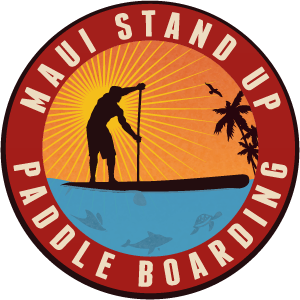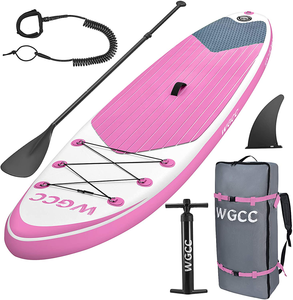
Stand Up Paddle Boards (SUPs) have procured in predominance lately and given us all inspiration to go to the water on even the flattest of days. The quick progression of Stand Up Paddle Boarding makes this an incredibly captivating time concerning forming as an impressive part of the game’s every one of the more prominent shapers is coordinating their fixation toward this arrangement. There are many websites like honu.com.au to buy the best standup paddleboarding. In the short proportion of time, the SUP has been once again at the focal point of consideration, it has progressed far past the days when the 1960s Beach Boys of Waikiki would stay on their hips up and paddle out to take pictures of voyagers sorting out some way to surf. As anybody would expect, the game can be followed back to the start of Polynesia.

Stand Up Paddle Board shapes are changing and ending up being more varied. The length of the SUP is a subordinate of the board’s various characteristics like width, thickness, and reason. Along these lines, SUPs contrast long from 8′ fish shapes beyond what many would consider possible up to 14′ cruisers worked for speed. They are commonly somewhere around 26″ wide and 4″ thick. A more equivalent structure will help the rider with keeping a straight line while paddling, while a design with more curves will make a yawing result. This makes it harder to hold a straight line in the paddle tunnel, anyway skilled SUP riders can use this for their likely advantage in the surf. Thickness depends upon the rider’s weight because a light board will drift better and paddle more straightforward. Ideally, you can plane on top of the water while paddling and still have the alternative to cover the rail through turns.
Types :
- Shortboard
The shortboard surfboard design rethought first-class surfing during the 1970s and continues to allow surfers to stretch the boundaries of the game. The shortboard is typically found at a length of under seven feet long. It will have a more vital proportion of rocker which grants it to surf in fundamental spaces of the wave. It is most ordinarily seen with sharp noses, lessens rails, and either three or four adjusts.
- Longboard
This is the most prepared and by and large regular of present-day surfboard plans. Longboards conventionally range from 8 feet to 12 feet long, essentially 2.5 inches thick and twenty inches wide. This extra volume grants them to paddle incomprehensibly well and catch waves easily. A youngster should start a longboard shape to learn wave assurance, paddling technique, and turning basics.
- Funboard/Mini-mal
A funboard is a greater surfboard with a lot of volumes yet not actually that of a longboard. They routinely range from 6 feet to 8 feet long. The funboard is great for surfers who need to change to a more unobtrusive barricade while at this point keeping with additional paddling power and strength. The funboard can show up in an arrangement of tail shapes, nose shapes, and impedes. Funboards either have a singular edge (like most longboards) or three adjusts (motor style).
- Fish
The fish arrangement gained commonness during the 1970s and has beginnings in the knee-board. It is typically observed to be more restricted and broader than the shortboard and considering this it capacities are commendable in minimal delicate surf. A fish is a fairly level surfboard with only a tad of rocker, allowing it to paddle well without a doubt and help speed through level portions of a wave.
